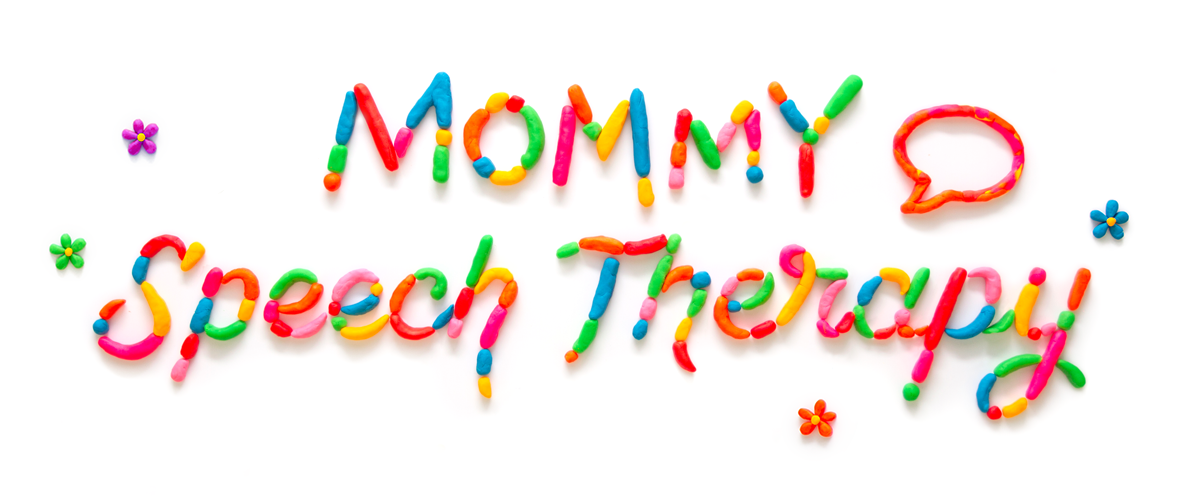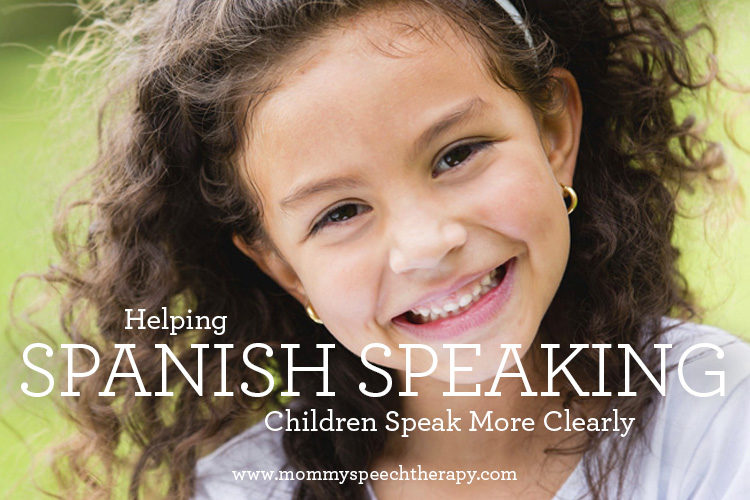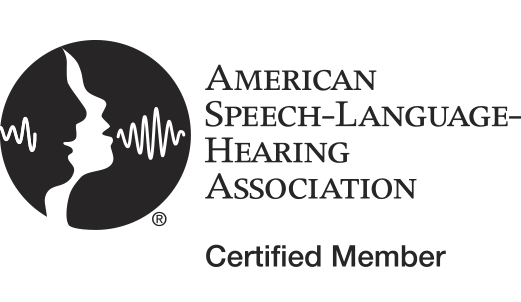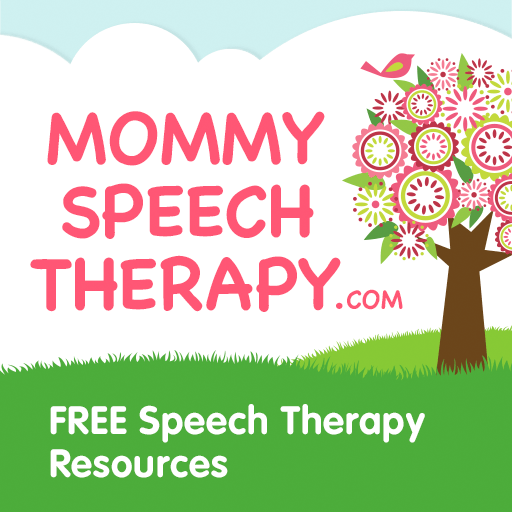As children learn new words and their vocabulary expands articulation errors are common in their speech. But when articulation errors persist beyond the age at which most children have mastered their speech sounds or if the frequency of errors affects their intelligibility then they may have a speech sound disorder. Assistance may be required to help them learn to produce the sounds correctly. If you are concerned that your child may have a speech delay it is recommended that you contact a Speech Language Pathologist for an evaluation.
This blog post outlines the process of teaching Spanish speaking children how to say their sounds correctly. The tool I will be using to outline this process is Articulation Station Español, an app for the iPad and iPhone available to parents, teachers and Speech Language Pathologists.
 Disclosure: Articulation Station Español is an app created by my company, Little Bee Speech with the help of bilingual Speech-Language Pathologists. I will show in detail below how this app, when used properly, can help Spanish speaking children speak more clearly.
Disclosure: Articulation Station Español is an app created by my company, Little Bee Speech with the help of bilingual Speech-Language Pathologists. I will show in detail below how this app, when used properly, can help Spanish speaking children speak more clearly.
To teach a child how to walk they first have to stand, and then of course it’s a process they learn one step at a time. To teach a child how to say sounds correctly there is also a step by step process. In speech children first need to learn how to say each sound correctly all by itself. Then they learn to say the sound in syllables, words, phrases, sentences, stories and then finally in conversation. I will take you through this process using phonemes (sounds) that are unique to the Spanish language.
Practicing a sound in isolation means saying the sound all by itself without adding a vowel. For example, if you are practicing the ñ sound you would practice saying ñ, ñ, ñ multiple times in a row. The more accurate repetitions you are able to get your child to produce the better. When your child can say 10 accurate repetitions in a row they are ready to move on to syllables.
I’ve included tips for how to teach the ñ, r trill (rr) and r tap (r) sounds below. You can find tips for teaching all the sounds in the Spanish language under the “Quick Tips” for each sound in Articulation Station Español.
How to Teach the ñ SoundThis sound is mastered around 5 years old.

To make the ñ sound part the lips slightly. Place the tip of the tongue behind the front teeth, covering the bumpy ridge while the back of the tongue touches the palate. Spread the tongue so that the sides of the tongue are touching the back teeth. Hold the tongue steady in this state while releasing the air through the nose and voicing the sound. Then follow the sound with a rapid glide as if to say n+y.
A good way to reinforce the correct placement of the tongue tip is to put something tasty on the bumpy ridge behind the front teeth to provide a little incentive to raise the tongue tip up. You may try peanut butter, marshmallow cream or Nutella. You’d be surprised how quickly the tongue tip goes up for a little chocolate!
A good way to reinforce the nasal release of air through the nose is to hold your finger on your nose so you can feel the vibration while the air is being released.
A fun way to practice the ñ sound is to pretend you are leading the music while singing, “nia”, “nio”, “niu” from which is easily obtained “ñia”, “ñio”, “ñiu”. Take turns leading the music until the ñ sound is mastered.
How to Teach the r trill (rr) SoundThe rr sound is mastered around 7 years old.

To make the rr sound, place the tip of the tongue on the bumpy ridge behind the upper front teeth and while keeping the tongue pressed firmly against the bumpy ridge let the air out in a single explosive breath. The air pressure will make the tip of the tongue vibrate and when voice is added will produce the rr sound.
A good way to reinforce the correct placement of the tongue tip is by asking the child to press the tip of his tongue against the bumpy ridge and to push the air against it without letting the tongue out of the mouth. You can help the child keep the tip of his tongue on the articulation point by holding it with a tongue depressor.
A fun way to practice the rr sound is by competing for “The tongue cup”. Explain to the child that the tongue needs to be stronger than the blow to keep “The tongue cup”. Then, ask the child to place the tongue in the correct position and press it against the bumpy ridge as much as possible so that the blow cannot make the tongue move out of the mouth. Take turns competing for “The tongue cup” until the sound rr sound is produced correctly.
Another fun way to practice the rr sound is by “Turning on the motorcycle”. Invite the child to turn on the motorcycle by making the sound “rroon-rroon rroon-rroon” to see who has the most powerful motorcycle. Take turns “Turning on the motorcycle” until the sound is said correctly.
How to Teach the r tap SoundThe r (tap) sound is mastered around 5 years old.

To produce the r sound, place the tip of the tongue up and back in the palate. Then let out the air explosively while the tongue sweeps the palate, from the back of the palate to front of the palate (on the bumpy ridge), before ending with the tongue tip down behind the lower front teeth.
A good way to reinforce the correct tongue placement for the production of the r sound is to put something tasty on the palate and ask the child to sweep it off with the tip of their tongue starting as far back as possible. Try using peanut butter, marshmallow cream or Nutella. You’d be surprised how fast the tongue tip goes up for a little chocolate!!!
A fun way to practice the production of the r sound is to pretend to be a windmill. Explain to the child that the tongue is a giant windmill blade that moves in a slow circular motion from back to front. Remember to make the sound of the air while moving the tongue. Take turns practicing the “Windmill” sound until the r sound is produced correctly.
Practice the Sound in SyllablesPracticing a sound in syllables simply means adding a vowel after the target sound, before the target sound, or before and after the target sound allowing you to practice the target sound in all positions of syllables in which the sound occurs.
For example, if the target sound is ñ we would add a vowel before and after the ‘ñ’ sound since the ‘ñ’ sound only occurs in the medial position of words. Practice the sound in syllables like “año, iña” and “uñe.”
If the target sound is the r trill (rr) you could practice the sound in the initial or medial position of syllables like “rro, rra, rre,” or “arro, erro, orra.”
If the target sound is the r tap (r) then you could practice the sound in the medial or final position of syllables like “ara, aro, oru” or “ar, er, or.”
Once the child has mastered syllables they are ready to move on to words.
Practice the Sound in WordsJust like syllables you have to practice the sound in all positions of the word in which the sound occurs in order to achieve mastery at the word level. The most common place to start practicing a target sound is in the beginning of words (initial position) unless the child is more successful with the sound in the middle (medial position) or at the end (final position) of words. You always want to start where the child will be the most successful and then you can build on their success as you practice the sound in other word positions.

As the child practices the sound in target words help them to recognize correct productions by recording their productions and playing them back for them. Then score their productions as correct, approximate (close but not quite right), or incorrect. If they are old enough you can have them score their own productions. When children learn to monitor their own productions their speech improves more rapidly. The flashcards activity in Articulation Station Español (as shown below) offers hundreds of flashcards to practice target words for different sounds. Scoring buttons are located to the right of each flashcard. Record and playback buttons are located on the left.

You can also practice their target words in fun games like matching games to keep their interest and make speech practice more fun.

When practicing sounds in phrases 2 word phrases are the easiest place to start. You can start by simply adding the article to the target words you have been practicing.

Once the two word phrases (target words + articles) have been mastered practice 3 word phrases. You can use the “Rotating Phrases” in Articulation Station Español to give you lots of fun and silly phrase combinations.

After two word phrases have been mastered move onto short 3-5 word phrases. The “Unique Phrases” in Articulation Station Español are a great next step!

Once the sound has been mastered in phrases you are ready to move on to sentences.
Practice the Sound in SentencesMy favorite way to practice sounds in sentences is with a “rotating sentence”. In a rotating sentence the sentence stays the same and only the target word changes. I also like to have the sentences loaded with target sounds so the child gets extra practice with each sentence. For example the rotating sentence in Articulation Station Español for the ñ sound is: “El cumpleaños del niño se festejó con __________”

The child practices this sentence while rotating each target word through the sentence.
This is an especially great way to practice sentences for young children who can’t read yet. They are able to memorize the sentence, or use visual cues to help them read it aloud.After rotating sentences have been mastered move on to the Unique Sentences in Articulation Station Español. Here there is a new sentence with each target word. The sentences are still loaded with target sounds maximizing the child’s opportunities for practice.

Once the child has mastered the sound in sentences look for simple stories to read with them that have a high frequency of the target sound in them. If you are working on the ñ sound for example you may choose a story about a birthday party.
If the child cannot read, read the story to them and ask them questions about the story. See if they can retell the story to you. If they use their target sound incorrectly while telling you the story have them say the word again correctly.
If the child can read have them read aloud to you while focusing on saying their target sound correctly. If they miss a sound encourage them to repeat the sentence in which the sound was missed.
Once the sound is mastered in stories the child is ready to practice the sound in conversation.
Practice the Sound in ConversationThere’s a lot of fun ways you can practice the target sound in conversation. I like to use a conversation jar. Fill a jar with all kinds of questions like, “If you could have any animal for a pet what would it be and why?” or “Tell me about a time when you got really hurt.” or “Tell me about your favorite teacher.” This allows you to get to know more about the child while still having a controlled environment to track their progress in.
You may also consider centering conversation topics around some of the target words they have mastered. However you decide to do it be sure to set a specified time to focus on the correct production of the target sound during conversation. Be sure to correct any inaccurate productions of the target sound at this time.
GeneralizationOnce the sound has been mastered in syllables, words, phrases, sentences, stories and in conversation you want to watch for generalization across all the contexts of language. If the child you are working with seems to be having difficulty generalizing the target sound go back and practice the words, phrases, sentences and stories again until they are able to produce the sound correctly in daily speech.
“First practice the sound in isolation, then in syllables, words, phrases, sentences, stories, conversation and finally generalizing the target sound in all contexts of language.”
A quick review… First practice the sound in isolation, then in syllables, words, phrases, sentences, stories, conversation and finally generalizing the target sound in all contexts of language. When this pattern is followed the child has a greater likelihood of success. The only thing that changes in this process is how to elicit the different sounds. This basic pattern of how to teach the sounds remains the same.
Articulation Station EspañolArticulation Station Español is a free download on the Apple App Store. It comes with the p sound program and includes all the activities I have described above. You can purchase any additional sounds your child needs help with from within the app.
Speech professionals, Articulation Station Español Pro comes with all the sound programs as well as the ability to add custom images, custom words lists, work in groups (up to 6) and phonological processes. Download Articulation Station Pro Español on the App Store.
To learn more about Articulation Station Español and Articulation Station Pro Español visit the Little Bee Speech website.
I hope this will give you a good starting point in helping your child learn to speak more clearly. Remember to be patient, and to make it fun!







